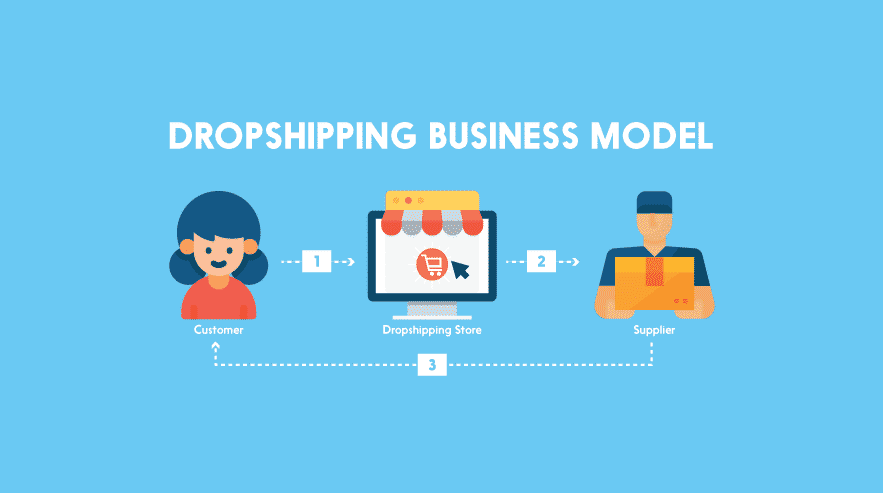Dropshipping is a retail fulfillment method where an online store doesn't keep the products it sells in stock. Instead, when a store sells a product using the dropshipping model, it purchases the item from a third party (usually a wholesaler or manufacturer) and has it shipped directly to the customer. This means that the store owner doesn't need to handle the products physically, and the inventory management and shipping logistics are taken care of by the supplier.
Here's a basic overview of how dropshipping works:
Setting Up an Online Store: The dropshipper sets up an online store or e-commerce website to showcase the products they want to sell.
Choosing Products: The dropshipper selects the products they want to offer in their store from various suppliers or wholesalers. They can choose products based on market trends, customer demand, or niche interests.
Integrating with Suppliers: The dropshipper establishes partnerships with suppliers or wholesalers who agree to dropship their products. These suppliers provide product information, images, and sometimes even inventory feeds to the dropshipper.
Listing Products: The dropshipper lists the chosen products in their online store, setting their own prices and product descriptions.
Receiving Orders: When a customer places an order on the dropshipper's website, the dropshipper forwards the order details to the supplier, including the customer's shipping address.
Supplier Fulfillment: The supplier then processes the order, picks, packs, and ships the product directly to the customer on behalf of the dropshipper. The dropshipper pays the supplier the wholesale price (minus any agreed-upon fees) for the product.
Customer Receives the Order: The customer receives the product directly from the supplier, unaware that the product was dropshipped.
The main advantages of dropshipping include low startup costs since the dropshipper doesn't need to invest in inventory upfront, easy scalability, and the ability to offer a wide variety of products without having to manage a physical warehouse.
However, dropshipping also has some challenges, such as lower profit margins due to the need to pay the supplier's wholesale price, potential shipping delays if the supplier is slow to fulfill orders, and difficulties in maintaining consistent product quality and inventory updates.
Dropshipping can be a viable business model, but success often depends on choosing the right products, finding reliable suppliers, and providing excellent customer service to build trust and loyalty with customers.






0 Comments